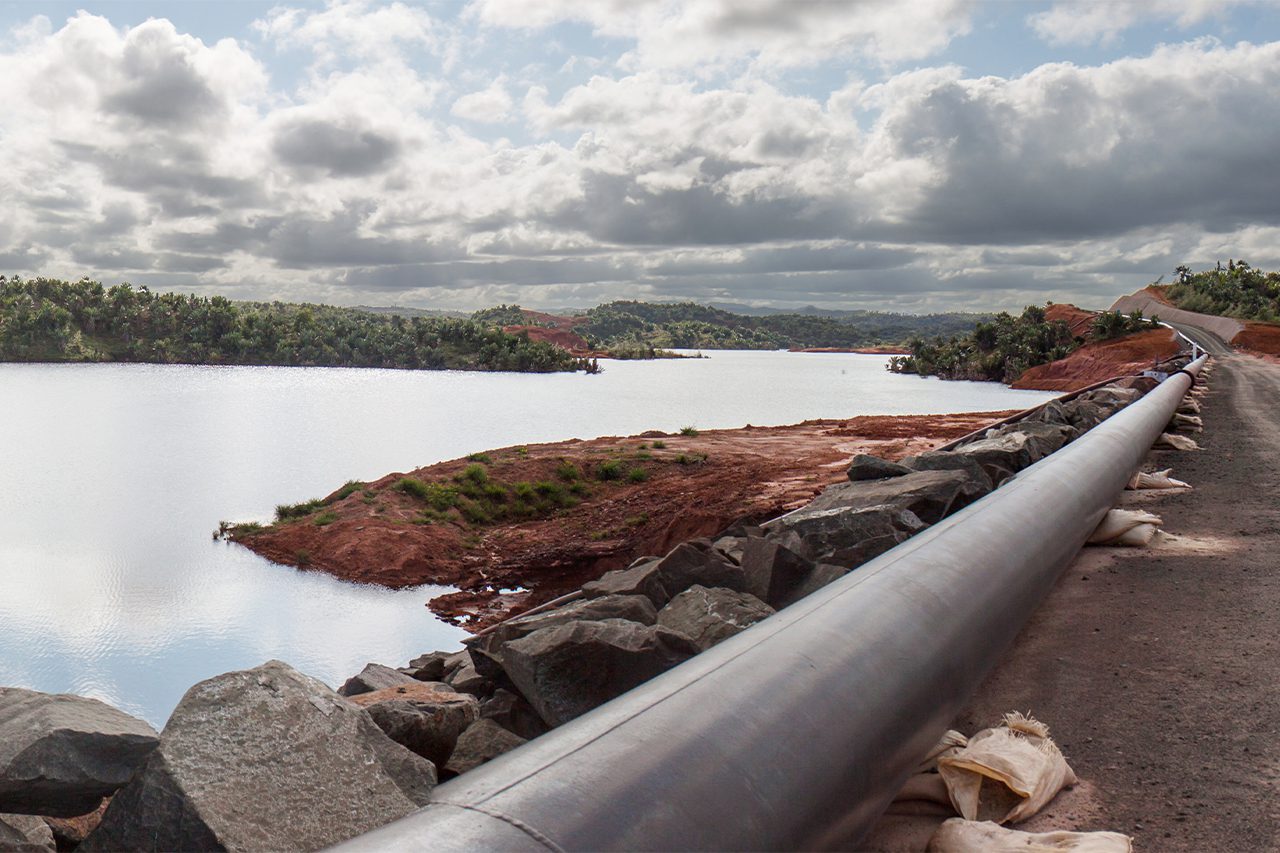Mines
Monitoring of mine workings is key to improving decision making, managing risks, increasing safety, increasing productivity, optimizing designs, and reducing costs

Monitoring of mine workings is key to improving decision making, managing risks, increasing safety, increasing productivity, optimizing designs, and reducing costs
These structures store mine by-products (tailings or waste rock) generated during operations. Stability of these structures should be monitored to determine movement (vertical or horizontal), increases in pore water pressure, or seepage. Monitoring programs should be designed with the site-specific characteristics (e.g. foundation materials, dam materials, height, and construction style) and overall risks for the structure in mind.
The slopes of open pit mines typically consist of a series of benched, steep cuts. Movement of slope walls and groundwater levels can be monitored to watch for areas of instability or aid in pit dewatering efforts. Geotechnical instruments typically complement geospatial or radar systems, which monitor surficial movements.
The various openings, tunnels, and shafts of underground mines can experience ground failure or instability. Monitoring programs can consist of instruments to monitor tunnel roof subsidence/convergence and shaft instability.

I’m very happy with the quality of the instrumentation and technical support from RST, as always. They worked with us from the initial stages of the project to ensure that we were fully prepared and equipped to use the RSTAR network for the first time. They delivered everything within the tight project time frame to ensure that there were no delays on site, and the submersible tilt meters looked like new even after over twelve months of being submerged in Thames water!
-Richard Lipscombe, BEng (Hons), Director & Principle Consultant - RL Geotechnical Ltd